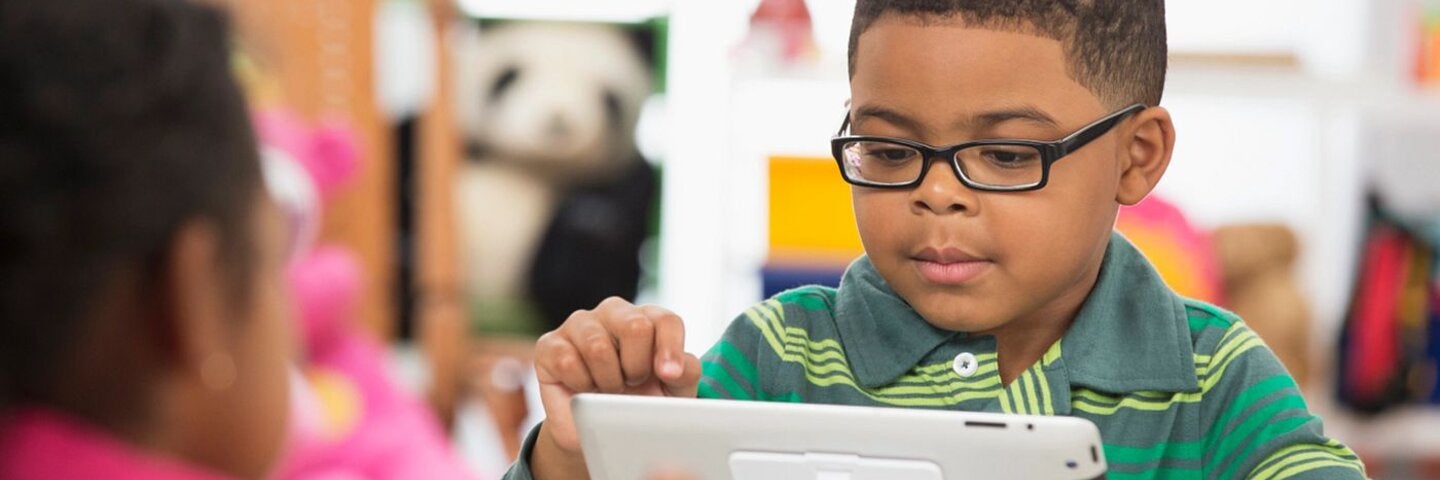Creating Intentional Learning Environments for Curiosity, Connection, Identity and Belonging

Creating Intentional Learning Environments for Curiosity, Connection, Identity and Belonging
EDUC X 321.65
This course consists of investigating and answering questions about how elements in classroom and outdoor environments in programs for young children can enhance or undermine conditions for learning for both children and adults.
Typically Available
Spring
Duration
As few as 6 weeks
Units
3.0
Current Formats
Online
Cost
Starting at $396.00
Get More Info
What you can learn.
What you can learn.
Analyze environmental program choices that impact the development of relationships, belonging, and foster a community that welcomes all learners
Understand how open-ended materials and engagement with nature reflect how young children learn
Learn to make choices that support learning dispositions related to symbolic representation or literacy and numeracy or not
Evaluate environmental elements that can promote or restrict flexible thinking, perspective-taking, and problem-solving
Understand the importance of including children’s ideas, control, and use of space and materials
About This Course
This course is an investigation of early childhood classroom elements and designs for indoor and outdoor learning environments that support child development; child engagement; and interpersonal, social connections and relationships. This course highlights classroom design elements that stimulate, sustain, enhance or detract from development and learning in early childhood, both indoors and out. Based on principles of architecture and spatial design, students analyze, evaluate and design ECE spaces critically and with intentionality. In this co-learning environment, we consider actual experiences of educators and young learners using environmental spaces to guide our use of theory on learning spaces. We study how elements of the environment support trusting relationships, comfort, osmosis, sensory integration, community, constructivist problem solving, narration, symbolic representation, literacy and numeracy, and rich imagination. We focus particularly on how spaces support identity and belonging for all children.
Spring 2026 Schedule
Date
Details
Format
-
This section has no set meeting times.
Online
Notes
Internet access required.
Deadline
Refunds only available from February 02, 2026 to April 12, 2026
Course Requirements
Designs for Living and Learning: Transforming Early Childhood Environments
by Curtis, Deb; Carter, Maggie
Redleaf Press
ISBN 978-1605543727
This course applies toward the following programs
certificate
Gain the essential knowledge needed to become a Lead Teacher or Master Teacher in a preschool or child-care setting, for children ages birth to five. This online certificate, when combined with our ECE Associate Teacher certificate, meets the 24 ECE/CD semester units needed for advanced Child Development teaching permits and Transitional Kindergarten ECE units.
Gain the essential knowledge needed to become a Lead Teacher or Master Teacher in a preschool or child-care setting, for children ages birth to five. This online certificate, when combined with our ECE Associate Teacher certificate, meets the 24 ECE/CD semester units needed for advanced Child Development teaching permits and Transitional Kindergarten ECE units.


